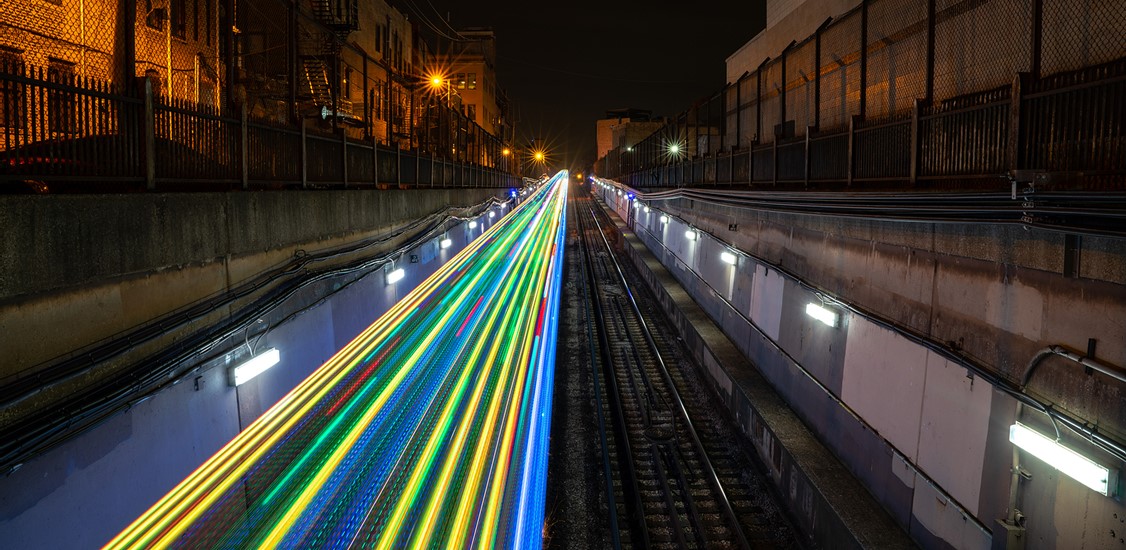For transit agencies, technology choices are too important to leave to manufacturers.
When transit agencies acquire new trains and buses, they're aiming for a specific milestone: the ribbon-cutting ceremony.
Picture this: a big, public event attended by local media and politicians, showing off the new vehicles and how they’ll improve the passenger experience. It’s a moment to celebrate what was likely a long, costly process.
However, procuring new vehicles carries long-term implications that extend well beyond ribbon cutting. In the subsequent days, months, and years, those new vehicles will need to be operated and maintained. Transit agencies expect their new vehicles to serve their passengers for decades, which requires a significant amount of upkeep. While manufacturing and delivery constitute only a fraction of the total cost of ownership, the vast majority of expenses stem from operating and maintenance costs.
This procurement approach - one focused on minimizing initial costs and prioritizing delivery - often results in oversight of operational considerations. Consequently, and in large part due to no fault of their own, transit agencies relinquish many decisions to the manufacturers responsible for delivering the vehicles. The repercussions of this oversight can be both costly and burdensome.
Let's face it - that's not a smooth ride.
While it’s true that transit agencies should take control of their technological destiny, there is a major need in the industry for future dialogues between transit professionals, railroad operators, and manufacturers alike. Each voice in this ecosystem presents a vital piece of the puzzle, guiding the collective journey towards a more connected, intelligent, and user-responsive transit infrastructure.
Common pitfalls of procurement
Here’s an example of what can go wrong with rolling stock procurement:
- Your local transit agency issues an RFP in 2024, anticipating delivery of vehicles, testing and trials four years down the line. Fast forward two more years, the trials are completed, vehicles accepted, and cue the grand public unveiling. It’s not uncommon for six years or more to go by from the RFP to final delivery.
- Over the course of those six years, technology will progress dramatically. Think about the evolution of smartphones since 2018. Now apply those technological developments to everything from connectivity to security to payment processing to artificial intelligence. If you commit to technology for your new trains in 2024, it will be well on its way to obsolescence by the time it debuts in 2030.
- When your transit agency commits to a manufacturer for their new rolling stock, they often entrust them with the technology decisions. But guess what? A manufacturer’s top priority isn't future proofing your passenger experience for 2030; it's hitting deadlines and staying within budget. And, unless the requirements are explicitly defined, that often leads to compromises when choosing everything from seating to connectivity solutions.
Neglecting the operating phase doesn't just dent passenger satisfaction; it's a drag on the bottom line. Choosing less expensive components upfront can help bring down initial costs, but it will cause the costs of operation and maintenance to skyrocket - not only the cost of repairing the vehicles themselves, but also the lost revenue when those trains are taken offline for maintenance. Rail operators are under constant pressure to ensure reliability and cost efficiency to compete with other modes of transit - compromising on components only increases that pressure.
Form partnerships; don’t just procure to procure
What can agencies do to take the reins on tech? The most important step is to shift their mindset and identity: the transit agency is not taking on a buying role with the manufacturer but is instead engaging in a partnership. This partnership will require them to take on more decision-making responsibility when it comes to choosing technologies and customer-facing components.
If the previous approach to procurement saw agencies giving detailed specifications at the beginning of the engagement, this new partnership approach will see the operator and the manufacturer work in parallel - combining both parties’ expertise and ensuring that the result meets the specific needs of the operator and its passengers.
This partnership approach offers more flexibility throughout the process, ensuring the transit operator can choose more advanced technologies as the vehicle comes closer to entering service. It also makes it possible for the agency to carefully choose which components it wants to invest in to reduce long-term maintenance costs.
Buy the operation, not the equipment
Think about every piece of equipment you buy. Whether it’s a car or a smartphone or a TV or a baseball glove, you’re not paying for the product itself - you’re paying for the service it’s going to provide you during its useful life. The same applies to vehicles for transit agencies.
Buy the operation instead of the train or bus. If you compromise on operations and maintenance, you’ll be living with those problems for the life of that equipment. Connect each decision you make during the planning phase to the operation of the vehicle, and the end result will be equipment that provides better, more reliable service at a lower total cost. It’s not a project - it’s an operation.






















